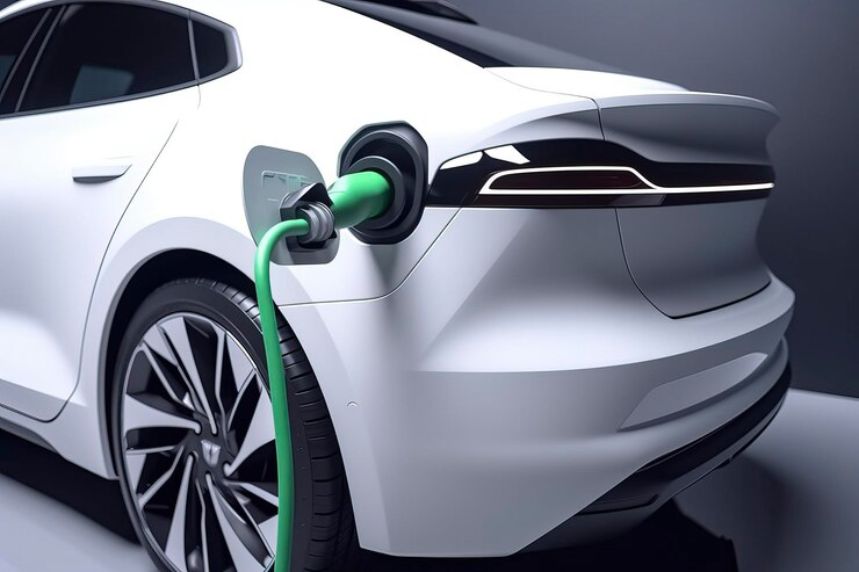The electric vehicle (EV) revolution is upon us, buzzing with promises of a cleaner future and a quieter ride. But what exactly is an electric car, and how does it differ from its gasoline-powered counterparts? Buckle up, as we delve into the world of EVs, exploring their mechanics, benefits, and potential challenges.
Under the Hood: Electrifying the Drive
Unlike traditional cars that rely on internal combustion engines (ICEs), electric cars ditch the gasoline and embrace electricity. Their hearts beat with electric motors, powered by a rechargeable battery pack nestled beneath the floor. This eliminates tailpipe emissions, a major contributor to air pollution and climate change.
But how does it all work? When you press the pedal, electricity flows from the battery to the motor, propelling the car forward. The motor converts this electrical energy into kinetic energy, creating a smooth and responsive ride. Regenerative braking further boosts efficiency by capturing energy during deceleration and feeding it back into the battery.
Types of Electric Vehicles: Not All EVs are Created Equal
The EV world isn’t a one-size-fits-all affair. Different types cater to diverse needs and driving habits:
- Battery Electric Vehicles (BEVs): These are the pure EVs, powered solely by batteries and boasting zero tailpipe emissions. They offer impressive range, with some models exceeding 300 miles on a single charge. However, charging infrastructure and long-distance travel can be limitations.
- Plug-in Hybrid Electric Vehicles (PHEVs): Combining an electric motor and a gasoline engine, PHEVs offer both electric-only driving for shorter trips and the security of a gas engine for longer journeys. Their electric range is typically lower than BEVs, but they offer flexibility for those with range anxiety.
- Fuel Cell Electric Vehicles (FCEVs): These futuristic EVs use hydrogen fuel cells to generate electricity, emitting only water vapor. While promising in terms of range and refueling speed, hydrogen infrastructure is still in its early stages, limiting their widespread adoption.
Benefits of Going Electric: More than Just Saving the Planet
The environmental benefits of EVs are undeniable. They reduce greenhouse gas emissions, contributing to cleaner air and mitigating climate change. But the perks go beyond environmentalism:
- Lower Operating Costs: Electricity is generally cheaper than gasoline, translating to significant savings on fuel expenses. Additionally, EVs require less maintenance due to fewer moving parts.
- Performance Powerhouse: Electric motors deliver instant torque, resulting in quicker acceleration and a more exhilarating driving experience.
- Silent Ride: EVs operate whisper-quietly, creating a more peaceful driving environment and reducing noise pollution in cities.
- Tax Incentives and Government Support: Many governments offer attractive tax breaks and incentives to encourage EV adoption, making them more affordable.
Challenges and Considerations: The Road Ahead
Despite their advantages, EVs face certain hurdles. Charging infrastructure, while expanding rapidly, still lags behind gasoline stations, particularly in rural areas. Range anxiety, the fear of running out of charge before reaching a charging station, can be a concern for some drivers. Additionally, the upfront cost of EVs can be higher than gasoline cars, although this gap is narrowing as battery technology improves.
The Future is Electric: Embracing the Change
The electric car revolution is gathering momentum, driven by technological advancements, environmental concerns, and changing consumer preferences. While challenges exist, the benefits are undeniable. As charging infrastructure expands, costs decline, and range increases, EVs are poised to become the dominant force on the road. So, are you ready to join the electric revolution and experience the future of driving?

